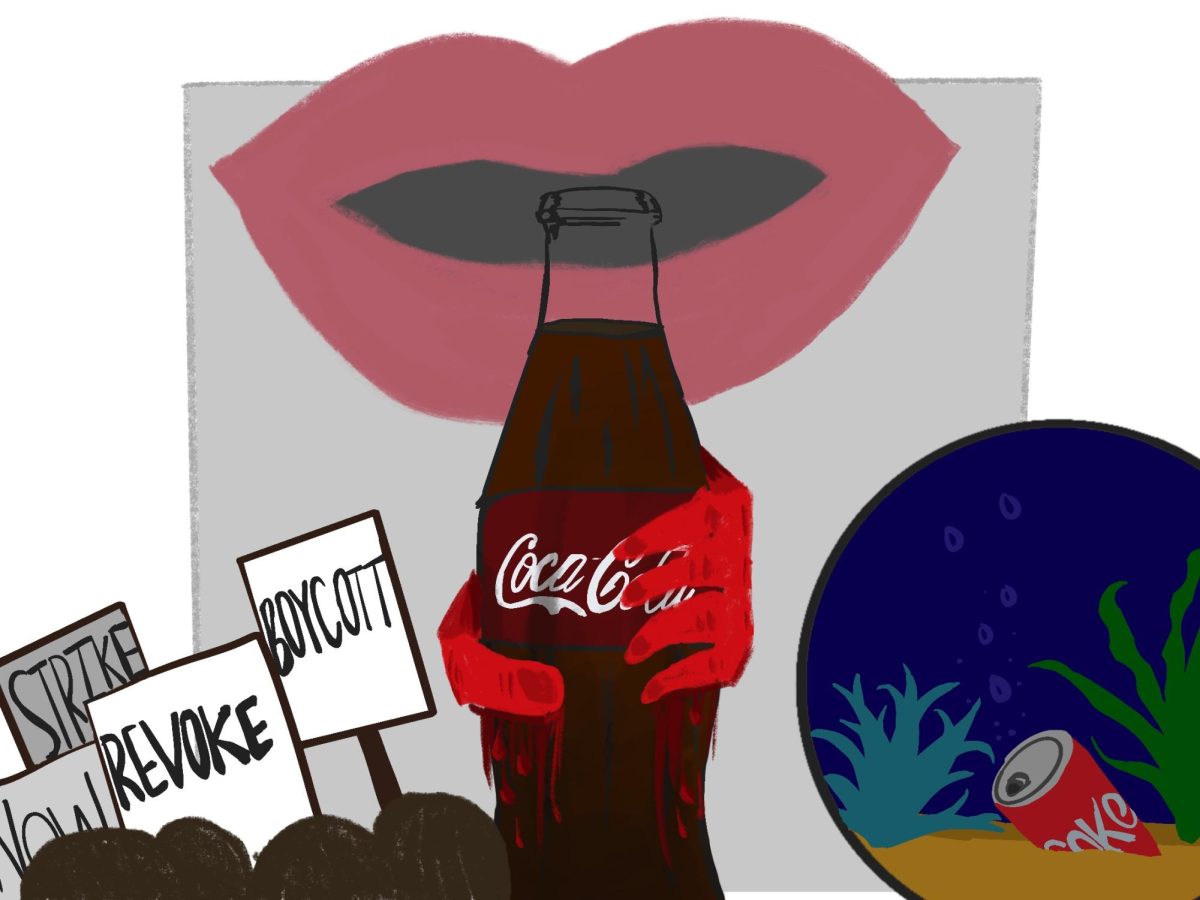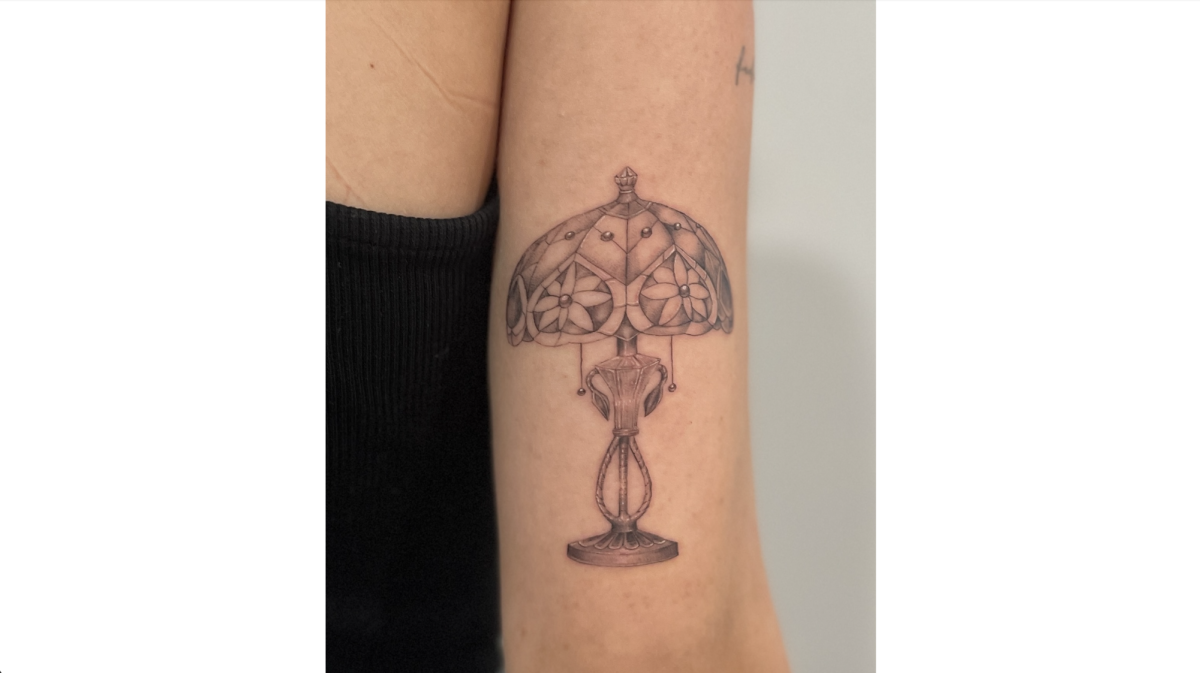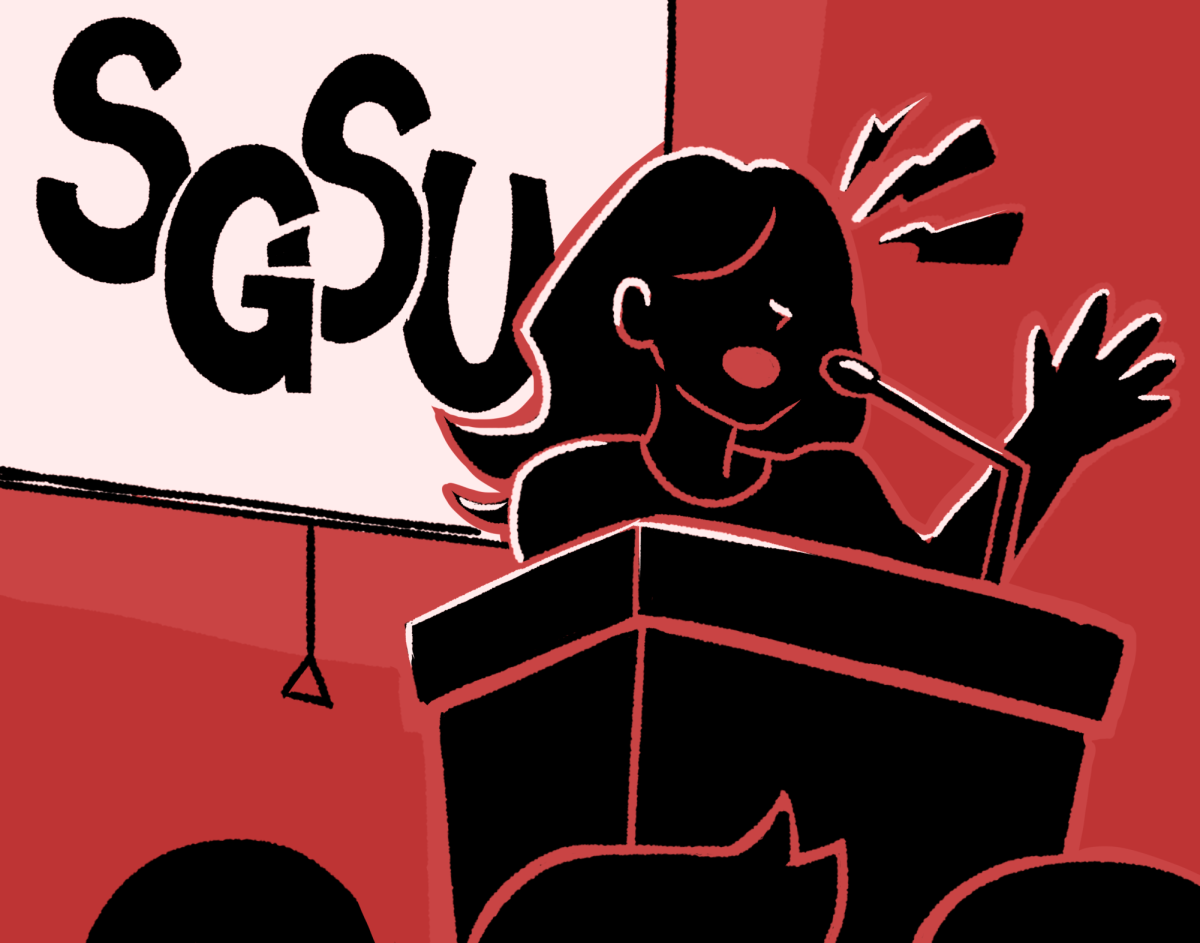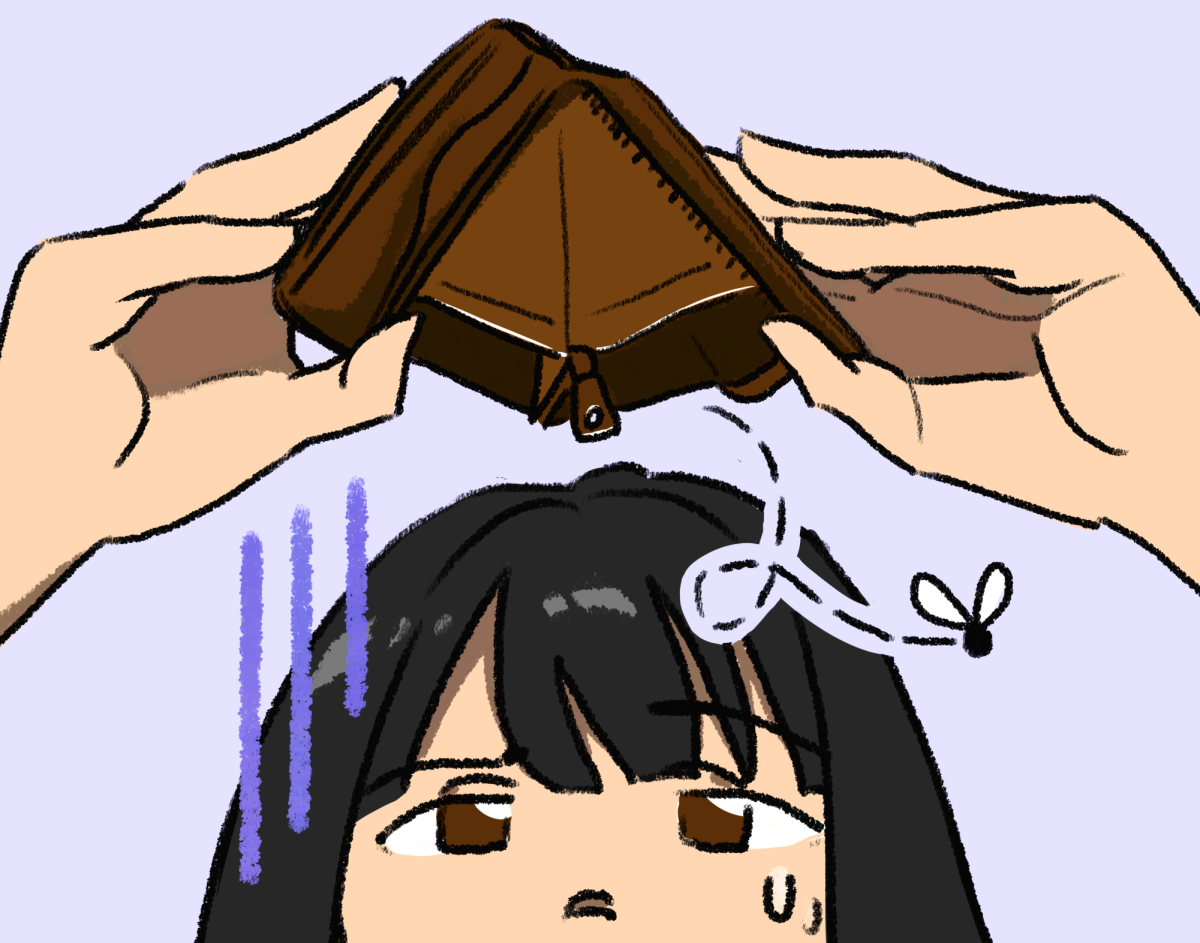Another day, another timely warning notification. They come with regularity, reminding us of the realities of the neighborhood in which we live. Skim them, and you just might enjoy a blissfully ignorant four years. Pore over them, and the paranoia will likely set in once you realize just how close those cross streets are. Most of us only have a vague awareness of the violence that occurs south of campus and the presence of gangs on Seattle’s streets.
You’re not the only one who doesn’t know the details. Gang activity, it turns out, is near impossible to pin down and identify. It certainly doesn’t help that reliable facts are generally limited. If officers respond to reports of shots fired, often when they arrive on the scene the only evidence is the casing on the ground.
“It’s such a challenge to try to get some traction to investigate this stuff,” said Public Safety Director Mike Sletten.
Sletten also said the anti-informant, secretive culture of gangs, makes it hard to determine gang involvement. “Snitches” are demonized in the gang community, and there have been many documented cases of violence against informants.
“That’s a huge, huge wall that this death or that death or whatever is up against,” Sletten said.
King County Superior Court ran into this very problem in October, when shooting victim JaeBrione Gary avoided investigators and provided inconsistent testimony to keep the alleged shooter out of jail.
“He wanted revenge,” wrote Sara Jean Green of the Seattle Times, “but exacting vengeance from the witness stand was not what he had in mind.”
When it’s so difficult to figure out the basic circumstances, distinguishing gang activity from non-gang related crime is nearly impossible. Discussions of gang activity often devolve into discussions of unexplained deaths and youth crime in general.
“It is a challenging, slippery circumstance to try to get your arms around,” Sletten said. “That’s part of living with it. That’s part of the frustration about it too, and yet also it has its deadly consequences.”
The Seattle Police Department has a gang unit and it’s one of the few agencies in the state that does. However, due to the unclear definition of gang violence, the unit is rarely the first on the scene, and mostly does investigative work.
“Whether it’s gang-related or not is kind of a secondary concern of ours,” said Detective Mark Jamieson of the Seattle Police Department’s Public Affairs unit. “A shooting is still a shooting.”
The gang unit also focuses on prevention, largely by building relationships with gang members. This allows them to get an inside look into a world rarely glimpsed by outsiders.
“I’ve gotten street close with a lot of these gangsters. When I roll up, they say, ‘Hey Bobby!’ We bump shoulders, the whole man greet thing. But I’m not turning my back on them for a second,” said SPD Officer Bobby Sevaaetasi to KING 5 in February.
The gang unit did not return calls from The Spectator, but according to an East Precinct employee, this is not unusual.
Part of the difficulty in dealing with Seattle’s gang violence is the fluid nature of Seattle’s gangs. Unlike in Chicago and Los Angeles, where gangs have clearly defined territories and alliances, Seattle gangs often do not stick to certain blocks and are known to join up with other gangs.
A man known only as Brad, who runs the website Northwest Gangs, estimates that King County has over 125 gangs and over a thousand gang members.
“Many of King County’s gangs are racially diverse, and have adopted several different symbols and colors, making it more difficult for local law enforcement to track who is who, and current rivalries,” wrote Brad, who uses an alias to protect himself from gang retaliation to his research.
Northwest Gangs produced the Seattle gang territory map that can be found in Google Maps. It names two major gangs—the Yesler Terrace Bloods and the Union Street Hustlers—near Seattle University, though officers warn that the map should be viewed with skepticism.
“A graffiti sighting could merely indicate that a gang member passed through a certain neighborhood, and the gang members themselves are likely to overstate their presence and numbers,” wrote Seattle Weekly’s Keegan Hamilton of the map.
Eventually, any investigation into something so nebulous begins to feel like a fool’s errand.
Yet the violence continues, and to read a list of victims is to know: however hard they may be to pin down and define, gangs still matter.
In February, 22-year-old Desmond Jackson, who was not affiliated with any gang, was shot outside a SoDo nightclub when he tried to keep a friend from fighting with a rival group.
In May, 42-year-old Justin Ferrari was shot by crossfire while driving down Martin Luther King Jr. Way with his family.
In late September, a man was struck and wounded by errant bullets on Jefferson between 12th and 14th Avenues.
On Nov. 5, a 20-year-old gang member was the victim of a drive-by shooting on 23rd Ave. and E. Alder Street, and witnesses refused to provide information to officers.
“If we [had] any traction on this, we’d be down advising the mayor,” Sletten said.
“This is the deadly impact. This is the list. This is horrible. It’s devastating,” Sletten said. “There’s tension out there in the gangs right now.”
This tension was made apparent by a timely warning notification released on Nov. 18 notifying students of an armed robbery at 13th Ave. and E. Jefferson St. The suspect was an adolescent African-American male, and the incident could be gang-related.
Senior Mary Bromfield is trying to make sense of the senseless through her work at the King County Youth Detention Center. Bromfield mentors incarcerated youth, most of who are connected to gangs in some way.
“A lot of [the kids], when they’re in there, are asked which crew they ride with,” said Bromfield. “If one of the kids is like ‘I don’t do that,’ they’re usually like ‘Well, who did you used to do it for?’ It’s expected that they had that sort of association by that point in their life.”
Most youth choose to associate with a gang for financial reasons. According to Bromfield, low-income parents will sometimes tell their children how short they are on rent for the month, and give them the responsibility of coming up with the cash.
“They kind of leave it up to their 14-year-olds to decide how they most quickly make that money,” Bromfield said.
Theft is common among young gang members, who are often too young to get a real job.
“They look at someone at the bus and are like ‘I don’t want to hurt them, but if I see their iPhone I know that I can make $400 in two minutes if I steal [it]. Otherwise it’s going to take me so long to make that money, and I need it now for my family,’” Bromfield said.
The city is home to a number of organizations which attempt to alleviate gang violence. The Youth Violence Prevention Initiative is one such organization.
“In 2008 there were five kids shot and killed in Seattle by other kids,” said initiative director Mariko Lockhart. “That was a breaking point. There had been a trend of increased youth violence in the city and the mayor’s office pulled together a task force to hold community meetings and look into what was working around the city.”
The initiative is still young, and it’s tough to measure whether it has already had an impact. Bromfield mentioned that such organizations rarely reach at-risk youth before gangs do; however, she also spoke to the importance of a citywide push to connect with one another.
“If there is a relationship there then people won’t be as likely to cross each other because they will be of the same community,” Bromfield said. “You don’t necessarily have to be involved in the detention program or with at-risk youth but just working with people in the community to form that relationship can begin a lot of healing.”
Students who commute often find themselves confronted with a dilemma: how can you keep yourself safe without stigmatizing an entire neighborhood?
“There are a lot of people who are just as intimidated by you as you are of them,” Bromfield said. “I live south of campus, and I am usually just very aware of where I am going and who is around me and who isn’t. Because of my awareness I don’t need to be afraid.”
She also mentioned that gang members are unlikely to come too close to campus or specifically target students, who are more likely to report crimes.
Junior Yishai Reno, who witnessed a police chase from his rooftop patio earlier this year, agreed that awareness is crucial to stay safe.
“We keep all the windows on the first floor shut all the time, we lock the door—typical, no-nonsense ‘duh’ stuff. But sometimes you have to remember how important the ‘duh’ stuff is,” said Reno.
The house he currently lives in with his roommates was broken into two years ago when a burglar entered through the first floor bathroom window.
When it comes down to it, what exactly is going on in Seattle?
When the stories, reports and hearsay come together, the resulting picture is little more than a patchwork. Yet the conflict remains painfully real.
“It’s like trying to understand an earthquake, in a way,” Sletten said. “We know they happen, but we don’t know how to prevent them yet or when they’re going to happen – the next hour, the next day. But when they hit, they hit hard.”
Caroline may be reached at [email protected]










